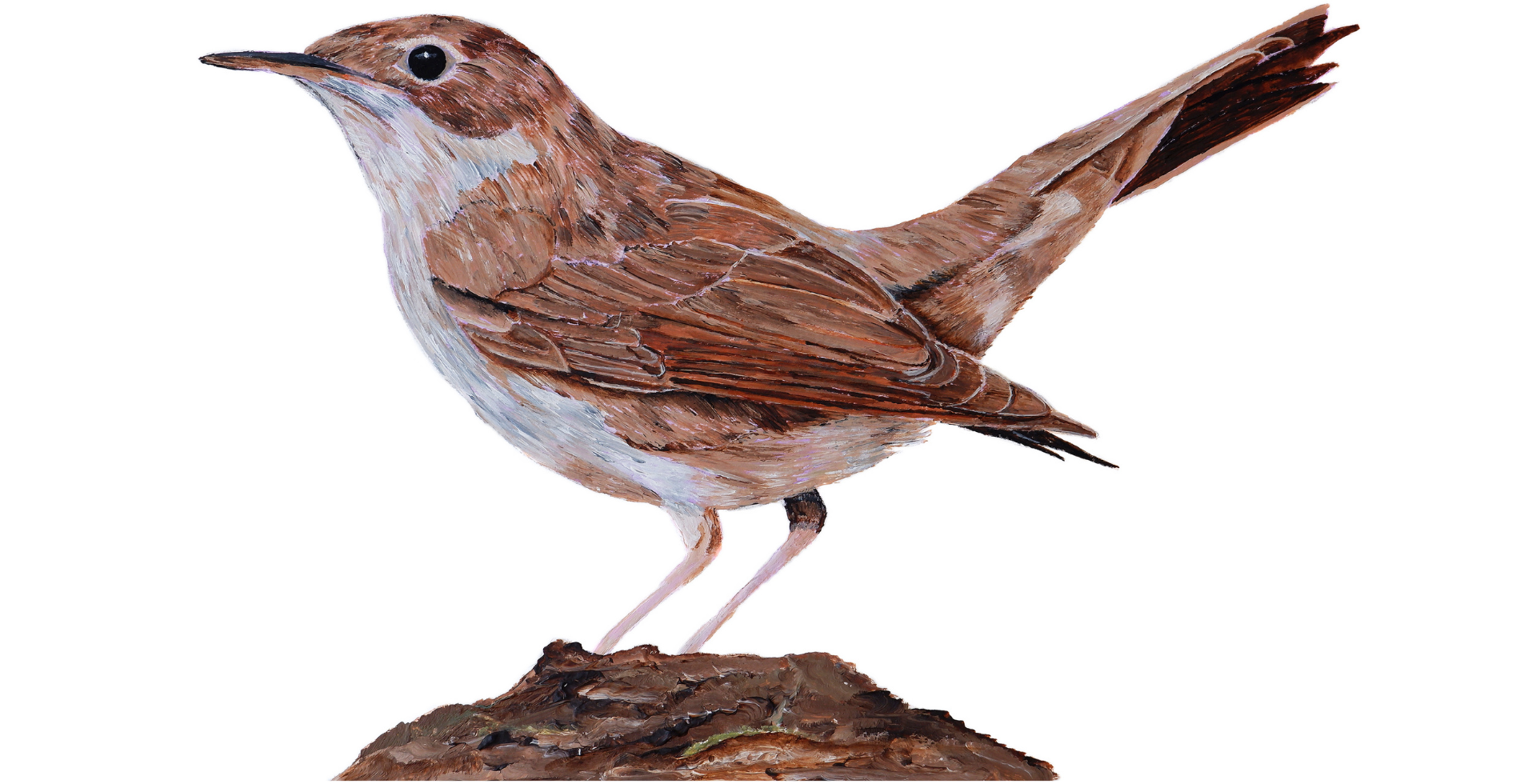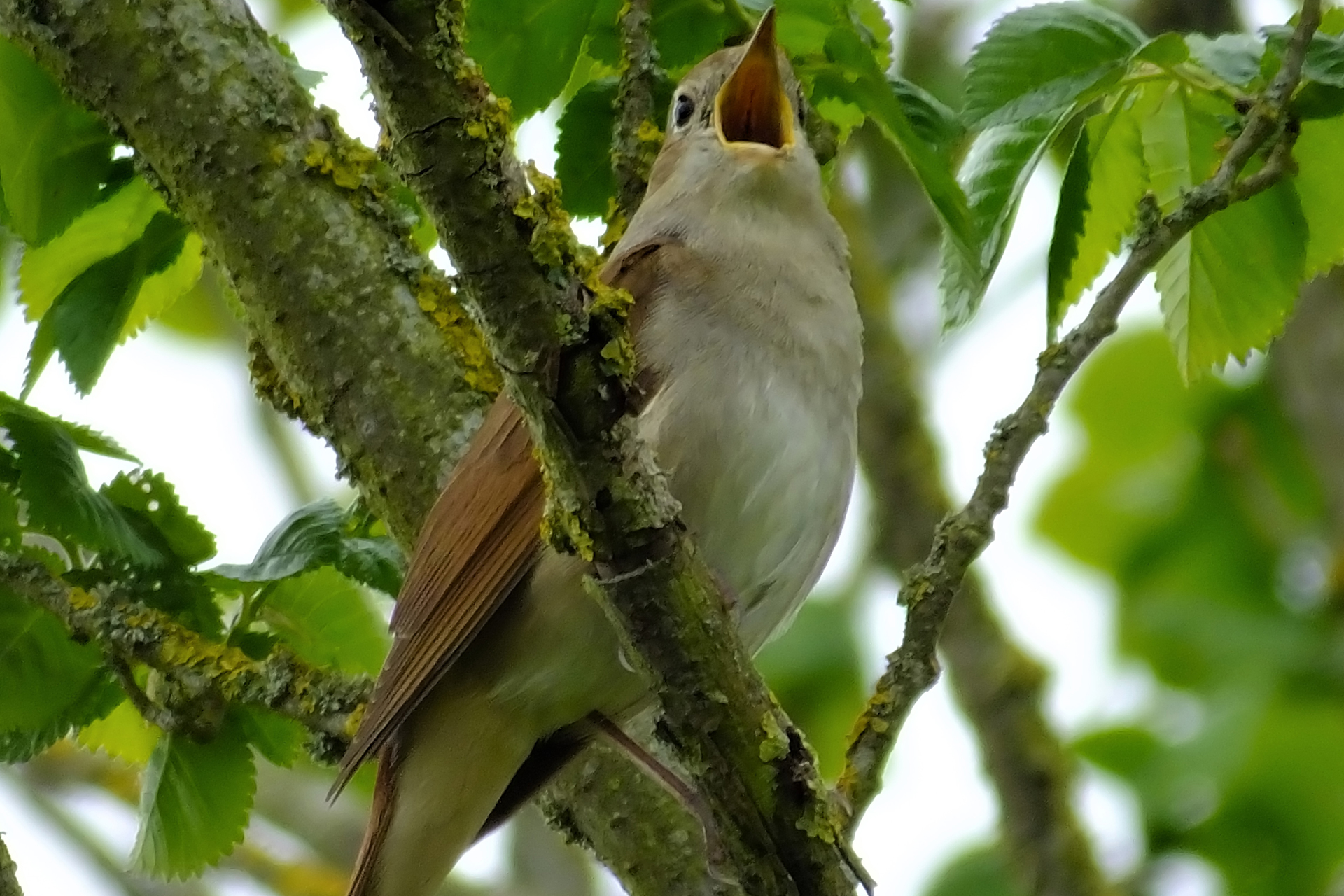Good management of the Nightingale’s preferred habitat of woodland and scrub will encourage this species.
Opportunities to improve suitable habitat for this species include:
- Thinning trees to encourage the development of the woodland shrub layer
- Rotational cutting of woodland rides and glades.
- Encouraging scrub development along woodland edges and in field corners
- Controlling deer
- Allowing hedges to grow taller and wider
- Developing grassy field margins.
Improved habitat for nightingales also provides opportunities for other species such as the purple emperor, barbastelle bat and silver-washed fritillary, their presence indicates well-managed woodlands in good condition.
Creating and managing areas for the Nightingale will help deliver the following benefits to communities:
- Clean water
- Clean air
- Protection from and mitigation of environmental hazards
- Mitigation of and adaptation to climate change
- Thriving plants and wildlife
- Beauty, heritage and engagement


